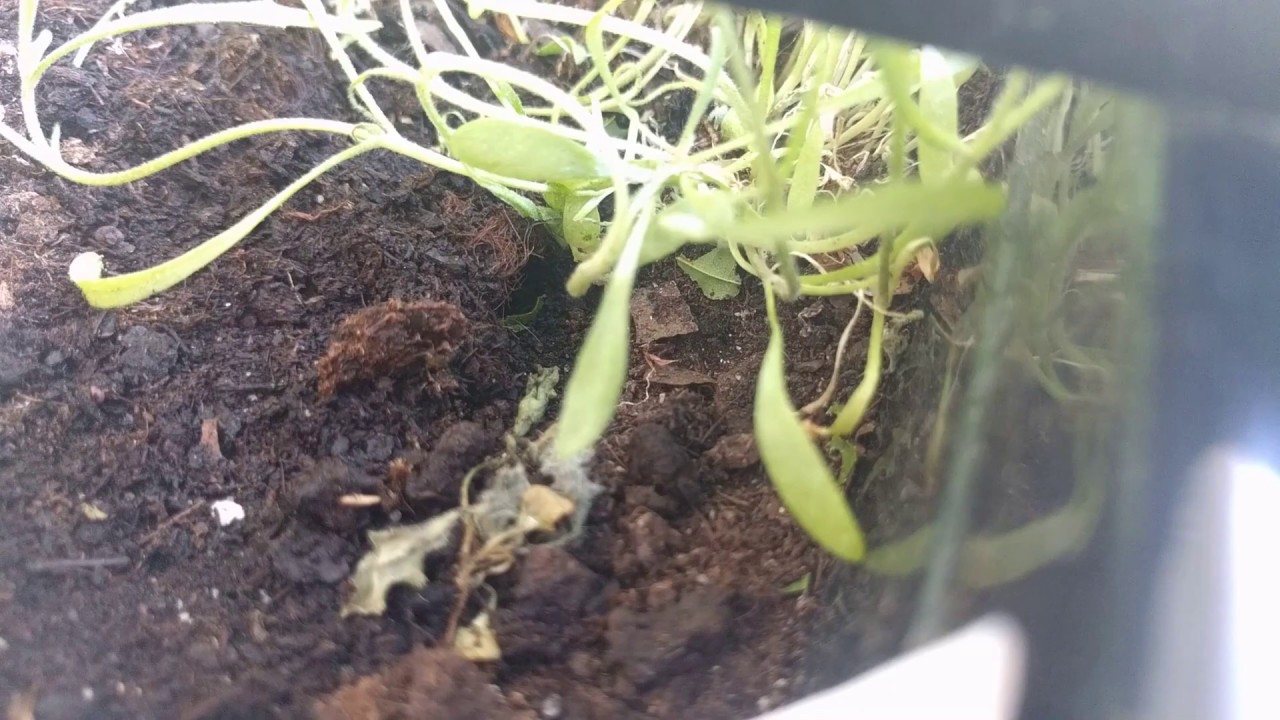It’s not uncommon for certain species of bees to construct nests in the soil of potted plants. If you’ve noticed increased bee activity buzzing around your potted plants, there may be an underground nest that has been established.
Identifying the type of bee can help you understand their behavior and remove the nest safely if needed. Here is what you need to know about bees nesting in potted plants and what to do about it.
Common Bee Species that Nest in Potted Plants
Several types of solitary, ground-nesting bees may naturally nest in the soil of potted plants, including:
- Leafcutter bees
- Mining bees
- Mason bees
- Sweat bees
- Plasterer bees
Unlike social bees like honey bees that live in large hives, these bees live alone and do not produce honey or beeswax They simply excavate a small tunnel in the soil to lay their eggs
Signs of Nesting Behavior
Clues that bees may be nesting in the soil of your potted plants include:
- Small holes in the soil surface that bees are flying in and out of
- Increased bee activity buzzing around the potted plant
- Dirt excavated from tunnel digging around the pot perimeter
- Perfectly round cutouts of leaves left behind (leafcutter bees)
Dealing With Bee Nests in Pots
If bees nesting in your potted plants are bothering you, here are some tips:
-
Identify the type of bee to understand its nature. Many are docile.
-
Relocate the potted plant away from high traffic areas if the bees seem aggressive.
-
Apply insecticidal dust products into the tunnel opening. This will kill nesting bees so they abandon it
-
Insert a small stick into the tunnel and wiggle to disrupt it and deter bees from using it.
-
Scoop out 2-3 inches of soil from the pot to remove the nest and larvae.
-
As a last resort, drench the soil with a hose to flood the nest and drive bees out. Check for activity before reusing the pot.
-
Avoid harming docile bees. Their pollination benefits gardens and food crops.
-
Prevent nests by keeping soil tightly packed in pots and minimizing holes.
Why Bees Nest in Potted Plants
Bees that nest underground are attracted to potted plants for a few key reasons:
-
Loose, exposed soil is easy to dig and excavate.
-
Drainage holes provide an entrance to the soil cavity.
-
Abundant pollen sources are nearby.
-
Sheltered location protects the nest from rain and wind.
-
Warmth is retained in the container, speeding offspring development.
By understanding why bees are drawn to nest there, you gain insight on preventing it.
Overall, bee nests rarely do substantial harm to potted plants. It is best to coexist peacefully when possible. But simple steps can discourage nesting behavior when needed. Observe nesting bees safely from afar and admire their unique life cycle.
How to Plant a Wildlife Container or Pot for Butterflies and Bees – Top Plants to Include
FAQ
What kind of bees nest in potted plants?
How to get rid of bees in planters?
How to get rid of bees nest in flower bed?
How do I get rid of bees without killing my plants?
How do you grow a bee pollinator garden?
Place the plants according to mature height with taller plants in the back or middle of the container. Top off the planter with potting soil and water regularly. Place the container pollinator garden in full sun – Bees prefer to feed in direct sunlight.
Can you grow a bee garden in pots?
If you’re familiar with any type of container gardening, cultivating a bee garden in pots is as simple as switching to pollinator friendly container plants. If this is your first experience with container gardening, follow these easy steps to create a potted bee garden: Choose a planter or two – The bigger the pot, the bigger the price tag.
How do you grow a bee hive in a container planter?
Top off the planter with potting soil and water regularly. Place the container pollinator garden in full sun – Bees prefer to feed in direct sunlight. Try locating the planter where it will receive at least six hours of morning or evening sun per day.
How to prevent bees from building a nest in your garden?
One of the most effective ways to prevent bees from building a nest in your garden is to till it regularly. Tilling helps to break up the soil and aerate it, which discourages bee nesting. You can use a tiller or hand spade, but make sure you’re not tilling too deeply or too often.

